IoT: The Future of Connectivity and Its Transformative Impact
The Internet of Things (IoT) is not just a buzzword; it's a revolutionary technology that's reshaping our world. With its ability to connect billions...
5 min read
Shivangi Chauhan : October 8, 2023
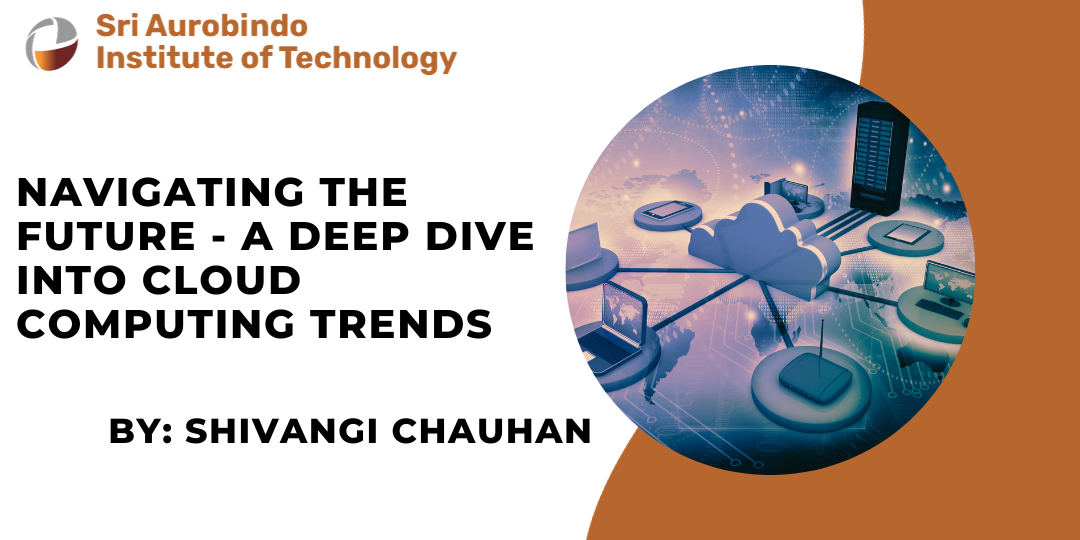
As we stand on the edge of entering the digital age, cloud computing has emerged as one of the most essential technologies that is reshaping our world.
Its appearance was met with skepticism, and conversations concerning it were typically limited to subjects such as the storage of data, and streamlining of corporate procedures.
However, in the modern world, the influence of cloud computing extends far beyond these fundamental applications, driving entire industries in the direction of innovation, better efficiency, and unrivalled scalability.
For organizations that are working hard to stay ahead of the competition in an environment that is always altering, understanding cloud trends becomes not just helpful but critical. This is because cloud trends are becoming increasingly important.
In this blog post, we will take a high-level look into the future of cloud computing. By doing so, we will establish the framework for a more in-depth research into the themes that will define cloud computing over the coming decade.
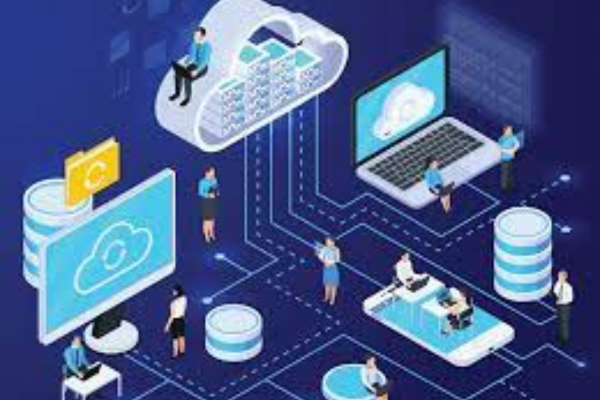
Before moving on to the future, it is necessary to spend some time engaging in some self-reflection over the past. It is a common misconception that computing on the cloud has been around for far longer than it actually has been.
Companies such as Amazon and Google were among the first to pioneer the development of scalable, public cloud solutions in the late 1990s and early 2000s.
At the time, cloud computing was merely a ripple. The concept was simple, but it represented a significant step forward in the industry all the same: offering computing services via the internet.
It was no longer required for businesses to put a considerable amount of money into the physical infrastructure of their locations. They could, as an alternative, rent processing power, storage space, and application software, adjusting the amount that they use based on the demand for the service.
During this paradigm shift, there was a sufficient number of people who held skeptical viewpoints. In addition to the fact that they were unfamiliar with the concept, the majority of individuals exhibited caution due to concerns regarding the dependability and security of the data.
On the other hand, the numerous benefits, which included cost reductions, scalability, and flexibility, became easily obvious rather swiftly. These initial concerns have been alleviated thanks to the passage of time, and the benefits of cloud computing have come into clearer focus, which has led to an increase in the widespread adoption of cloud computing by businesses.
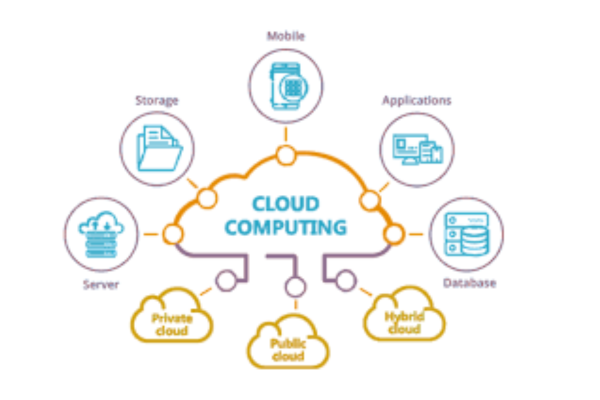
It was not sufficient to simply change the locations of data storage or the ways by which applications were accessed in order to make the shift from on-premises infrastructure to cloud computing.
This was required in order to accomplish the transfer. It was a precursor of a bigger transformation in the way organizations saw information technology as a whole.
Information technology is no longer seen as solely a support function when it comes to the overall strategy of the firm. Computing in the cloud made it feasible for even newly established enterprises to obtain access to cutting-edge technologies. This levelled access the playing field and ratcheted up the level of rivalry among businesses of all sizes.
In recent years, there has been a period during which the cloud ecosystem has witnessed a period of enormous variety. Each of our public clouds, private clouds, hybrid clouds, and multi-cloud solutions is customized to satisfy the specific requirements of a particular kind of organization.
These categories include: public, private, hybrid, and multi-cloud. The infrastructure of the cloud continued to advance, and along with it came brand-new services that were also enhanced. It is now normal to refer to "Infrastructure as a Service", "Platform as a Service", and "Software as a Service", (IaaS, PaaS, and SaaS, respectively) in the vernacular of technology.
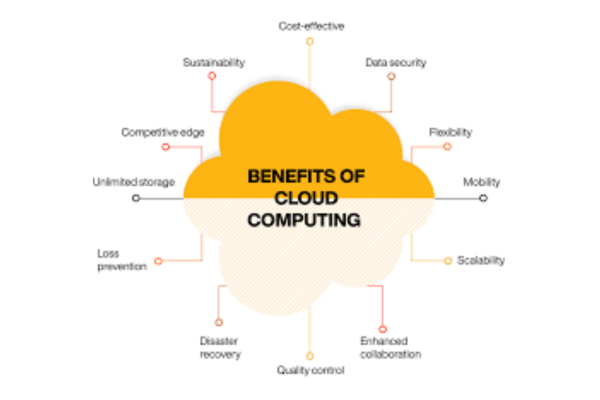
There is no such thing as two companies that are exactly the same, and therefore, their need for cloud services cannot be exactly the same.
The benefits of flexibility and customization are offered by both hybrid cloud solutions, which combine private and public clouds, and multi-cloud strategies, which make use of a number of different cloud services.
Companies are able to optimize their levels of performance, cost, and security with the help of this strategy, which is based on the specific requirements of the activities they run.
With serverless computing, the infrastructure of the server is managed by the cloud provider, which enables developers to focus solely on the application's code without having to worry about the server's operations.
This trend, which is being pushed by the cost-effective nature and better scalability, enables organizations to streamline their processes and boost their productivity. This trend is being driven by the greater scalability.
Containerization, which is made feasible by tools like Docker, has quickly become popular among software programmers. It does this by combining an application and the environment that it combines into a single entity, so making it possible for the application to be deployed in the same manner regardless of the platform being used.
These containerized applications and Kubernetes, which is a platform that is open-source, are two powerful allies that the cloud possesses. Kubernetes is able to assist in automating the process of container deployment as well as container maintenance.
Edge Computing does away with the necessity of relying on centralized cloud servers by processing data in much closer proximity to the location at which it was originally generated (for example, Internet of Things devices).
This results in a decrease in latency, which, in turn, makes it feasible to analyse data at a faster pace for real-time applications such as autonomous vehicles and smart cities. Consequently, the latency can be reduced.
Cloud security adapts along with the changing nature of cyber threats. The requirements for cloud security are being raised thanks to advancements in encryption technologies, artificial intelligence-driven threat detection, and zero-trust security models.
You should anticipate cloud service providers to give more sophisticated and integrated security solutions as the basic offering.
Thanks to cloud platforms, the implementation of capabilities for artificial intelligence and machine learning is becoming less challenging. It is quite expected that artificial intelligence will become an essential component of the cloud environment.
Possible uses of AI in the cloud environment include data analytics and communication with customers. As a consequence of this, a significant number of businesses will have the option to make use of hitherto unreachable automation capabilities and, as a consequence of this, will obtain insights.
Concerns about the wellbeing of the natural world are the primary impetus behind the search for alternatives to cloud computing that cause less damage to the ecosystems of the natural world.
Because data centers require a significant amount of energy, cloud providers are focusing their attention on locating renewable energy sources and increasing the efficiency with which they use energy in order to lessen the negative impact that they have on the environment. This is done in an effort to lessen the negative impact that cloud providers have on the environment.
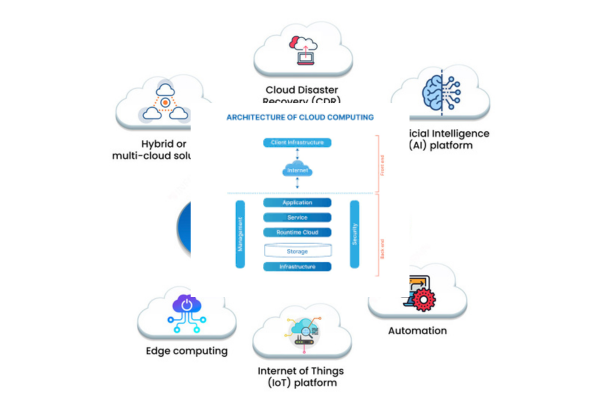
Despite the fact that technology is still in its infancy, quantum computing has the potential to achieve a level of processing capability that has never been seen before.
This has the potential to completely transform the industry. As the development of this technology continues to advance, it is reasonable to anticipate that cloud service providers will start offering solutions that are based on quantum mechanics.
Because of this, it will be feasible for new chances to present themselves, which will make it possible to successfully resolve challenging difficulties.
The cloud is a dynamic platform that can change to meet the requirements of specific organizations as well as the requirements of the whole planet at the same time.
This ability to adapt to a variety of needs is what makes the cloud so appealing. It is not just a solution for online storage that can be used whenever it is convenient; rather, it is a lot more than that.
As can be seen from these developments, the future of cloud computing appears to be bright, and there is a strong likelihood that this technology will have a significant influence on a variety of different types of companies.
Businesses have the potential to effectively navigate the digital future if they keep up with the most recent breakthroughs in their field, make adjustments to their operations to meet the current trends, and stay abreast of the most recent advancements in their industry as a whole.

The Internet of Things (IoT) is not just a buzzword; it's a revolutionary technology that's reshaping our world. With its ability to connect billions...
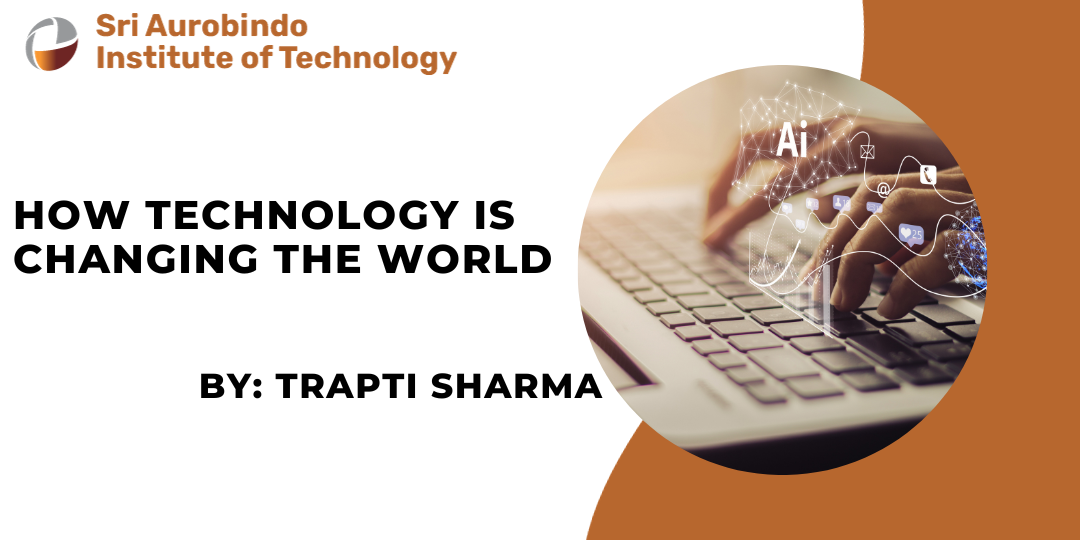
Imagine living in a world where communication are unhindered and knowledge shifts at the rate of light. In a world where biotechnology can treat...

Concrete has been the backbone of construction for centuries, providing a sturdy foundation for our built environment. But in the quest for...